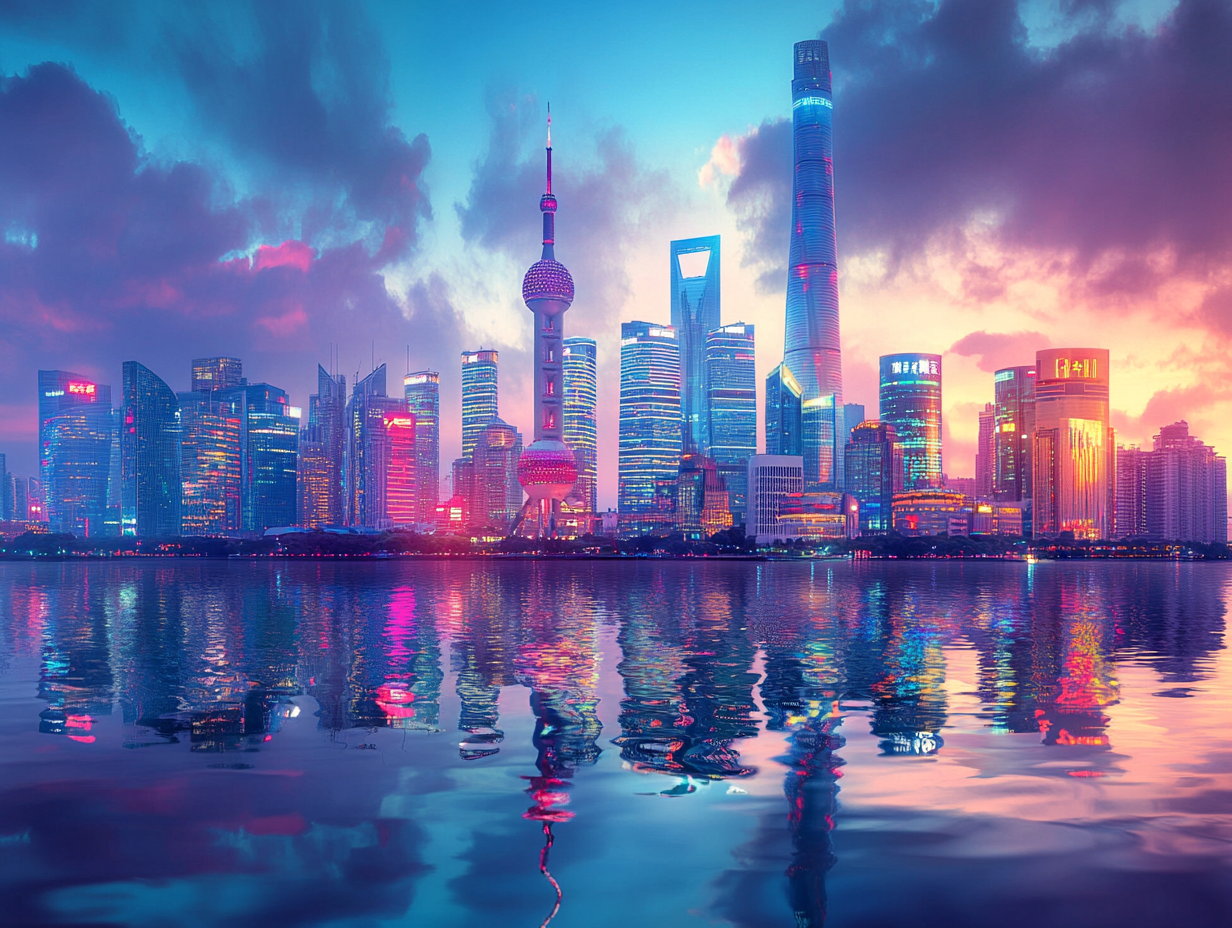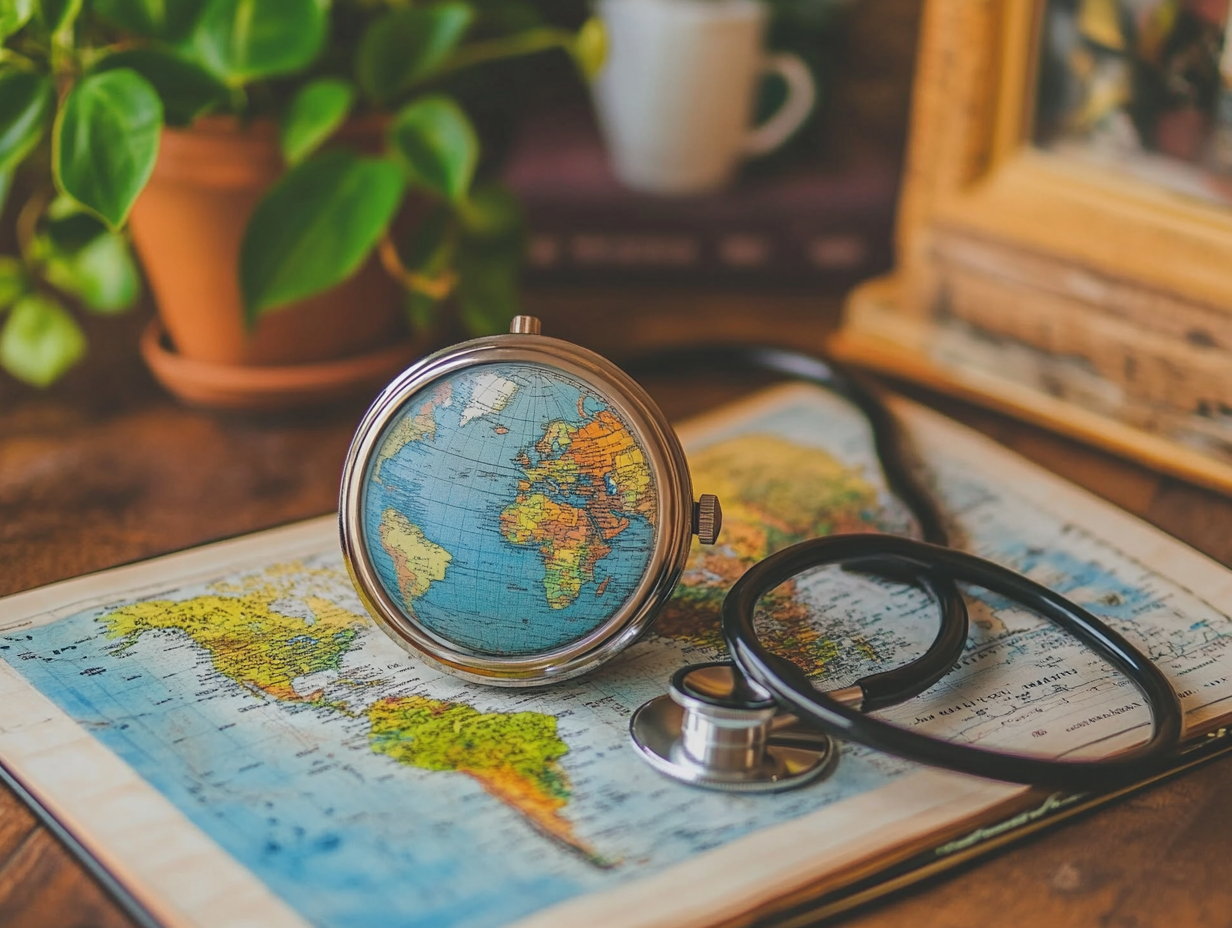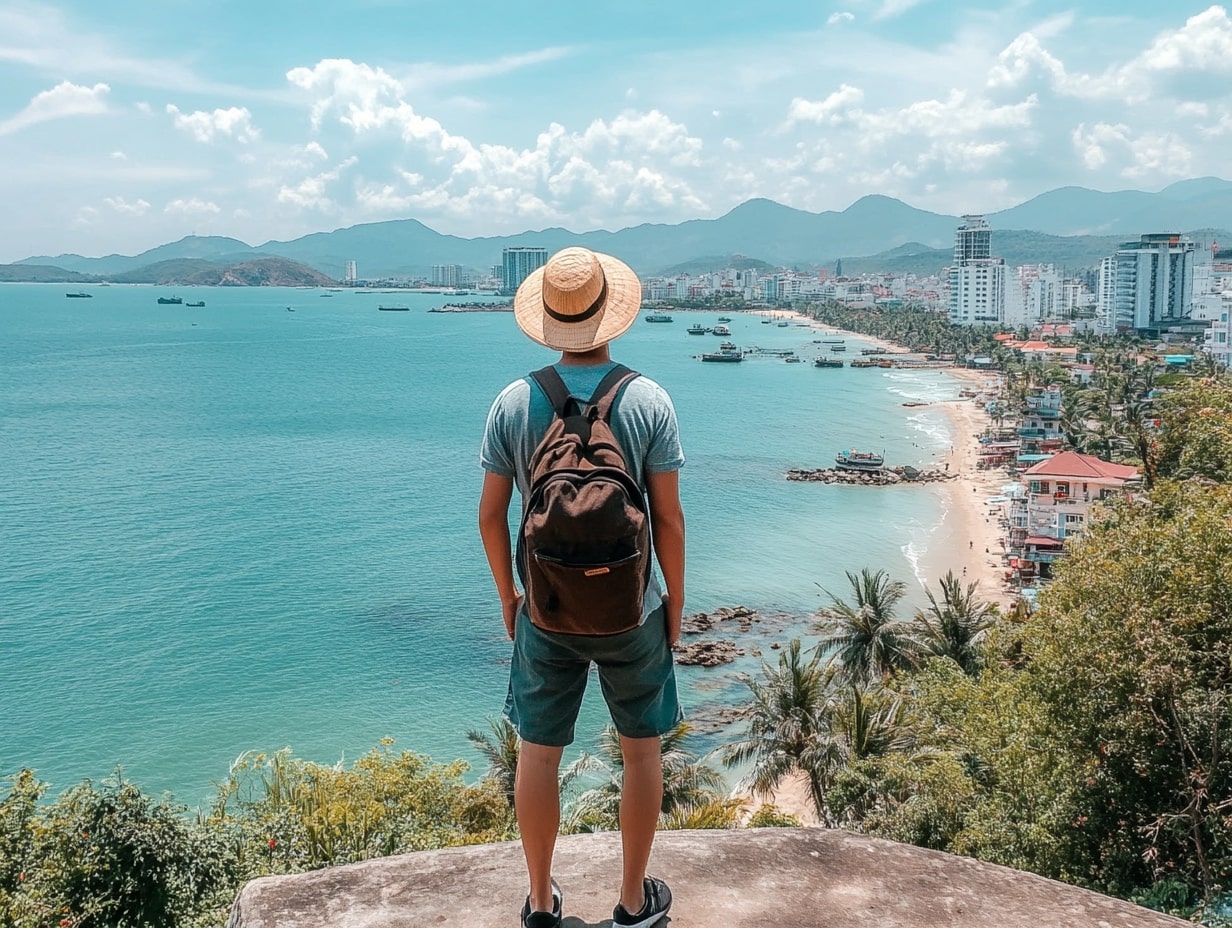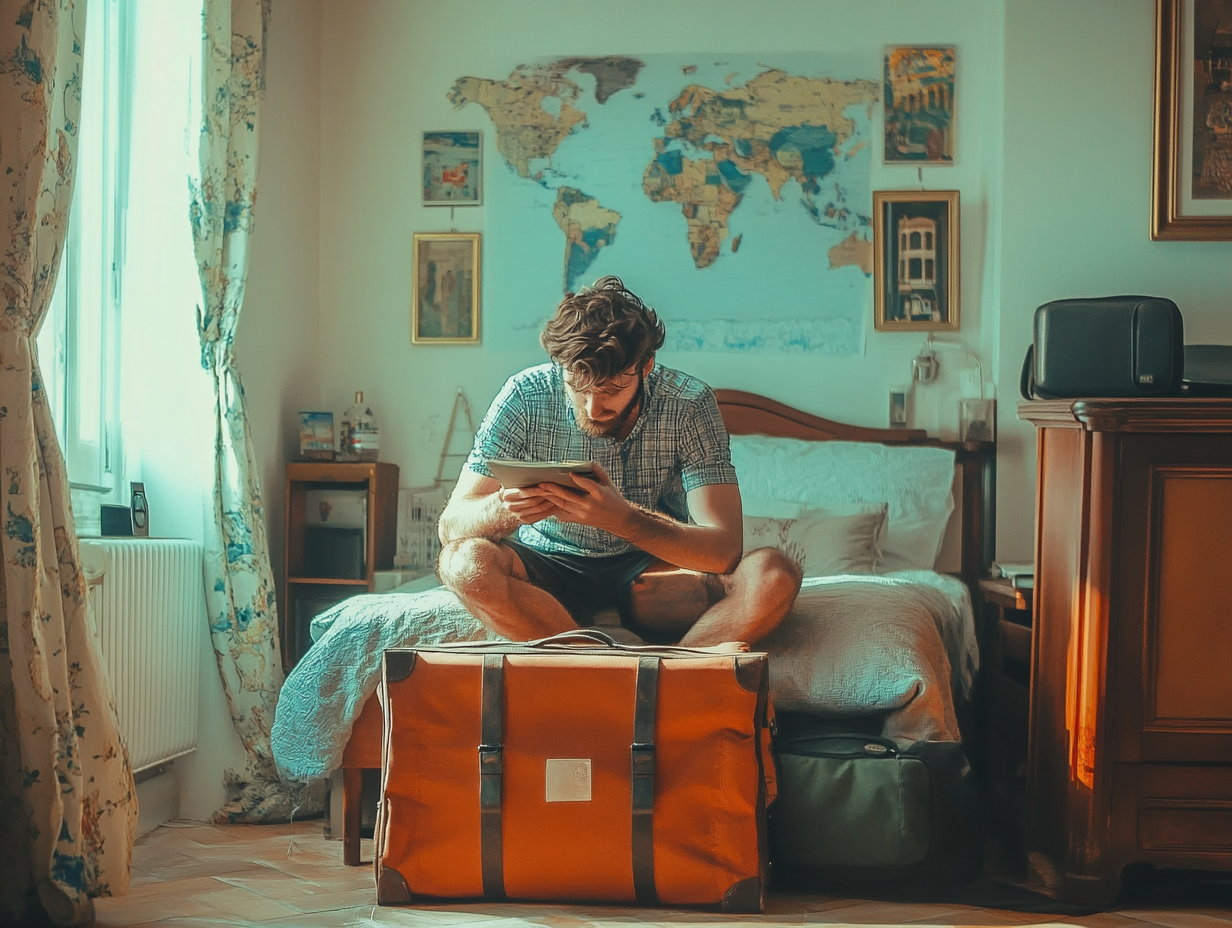Explore the uncharted! Visit these 5 off-the-beaten-path destinations in Asia that are set to become the hottest travel spots of 2025. Get ready for an unforgettable adventure!
5 emerging travel destinations in Asia that you can’t miss in 2025
Shanghai, China: Known as the ‘Paris of the East,’ Shanghai seamlessly blends modern skyscrapers with ancient traditions. Recent visa easements have made it more accessible, offering attractions like The Bund’s iconic skyline, traditional tea houses, and the serene Yu Garden.
Jeju, South Korea: Often referred to as South Korea’s paradise, Jeju Island boasts volcanic craters, picturesque waterfalls, and clear beaches. It’s ideal for nature lovers and cultural explorers alike, with attractions like Hallasan Mountain and serene temples.
Nha Trang, Vietnam: This coastal city is gaining international attention for its stunning beaches and vibrant nightlife. Activities range from snorkeling in the clear waters of Mun Island to exploring the historic Po Nagar Cham Towers. The local food scene, rich with fresh seafood and street delights, adds to its charm.
Fukuoka, Japan: Located on Japan’s southern island of Kyushu, Fukuoka offers a balance of modern urban life and traditional culture. It’s renowned for its street food, including tonkotsu ramen and yakitori, as well as beautiful parks, ancient shrines, and the Fukuoka Castle ruins.
Siargao Island, Philippines: Known as the ‘Surfing Capital of the Philippines,’ Siargao is attracting a broader audience with its laid-back vibe and natural wonders. Beyond surfing, it offers lush mangrove forests, hidden lagoons, and turquoise waters perfect for island hopping.



